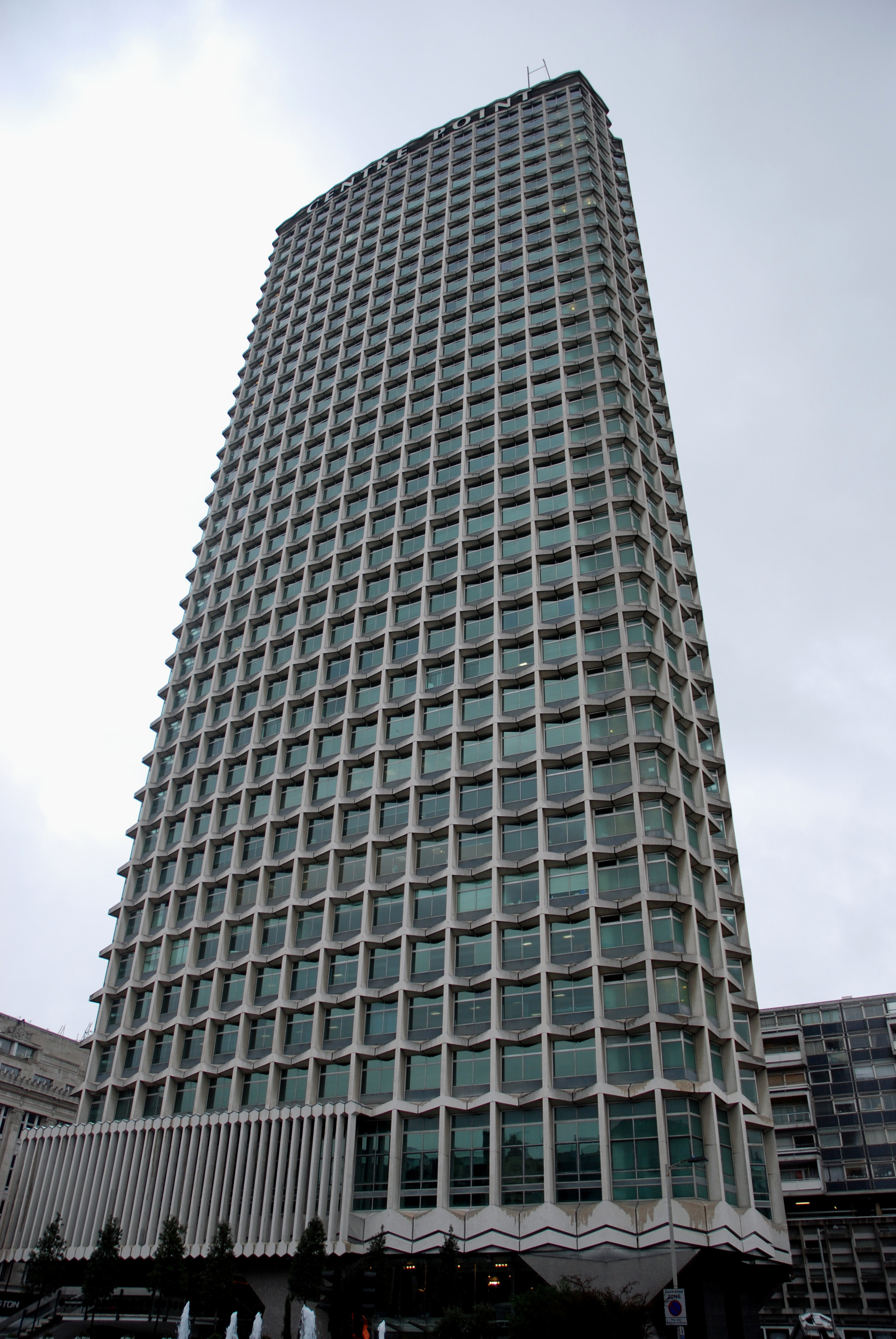ACL Surgery: Why Does My Knee Hurt with Jumping?
It is quite common to hear many months after an ACL surgery that an athlete’s knee hurts, particularly in their patella tendon or some other adjacent structure. Even though we hear it quite a bit, we don’t want athletes to have to be experiencing these symptoms.
For the brevity of this post, we won’t be delving into the details of pain, etc. For today’s post, we will discuss various ways an athlete can help themselves and their knee feel better by jumping after an ACL reconstruction.
DISCLAIMER: do not do what is recommended regarding jumping unless you have been “cleared” by your doctor or physical therapist and are ready to do so.
1. Optimize Hip, Knee, and Ankle Mobility
Athletes will come in, and they have limited mobility in their hip, knee, and/or ankle. To jump effectively and distribute those forces of jumping across your body, there are a few prerequisites for mobility that need to be in place.
#1 Ankle Mobility
Key Points:
Place foot 4 inches away from the wall.
Heel flat on the ground and foot pointed straight ahead.
Try to touch knee to wall without heel coming off ground or knee going inside of toes.
Having full/sufficient ankle mobility is key to taking some stress off the knee and allowing the ankle to help.
If you want to learn more ways to improve your ankle mobility, check out this article we wrote HERE.
#2 Hip Internal and External Rotation
*Hard to check by yourself.
Hip internal and external rotation is very important as well. Hip internal rotation (foot going outside of knee, first part of video) and hip external rotation (foot going inside of the knee, 2nd part of the video) is vital for good jumping and landing mechanics after ACL surgery.
Similar to the ankle, the body needs to have sufficient ranges of motion to delegate stress from different movements across the body. If an area lacks mobility, then other areas of the body have to compensate and pick up the slack.
Find out more about hip mobility drills here.
#3 Prone Knee Flexion

Having full knee flexion in prone (on your stomach) is key to minimizing the chances of knee pain with jumping. We like to see our athletes be able to get their heel to their glute (butt) without arching their back or compensating in some fashion. This quickly tells us that they have sufficient quadriceps mobility for the same reasons why hip and ankle mobility are important.
To improve mobility for prone knee flexion, you can try Self-Myofascial Release to your quads:
2. Strength
Another common area that needs to be sufficient is an athlete’s strength. Far too common after an ACL reconstruction, not enough good quality strength and conditioning is performed to strengthen athletes and help develop their foundation of strength.
For example, if you are going to build a tall building, you wouldn’t build it with a small foundation.
.jpg)
A small foundation wouldn’t be able to support a tall building and all of the weight as well as outside forces like weather and people stressing it.
The same goes for injuries and ACL surgeries. Athletes need to have a sufficient strength and conditioning foundation before jumping. If they don’t, we have repeatedly seen that most jumping stress is delegated to the knee vs. across the entire body.
So, what should you be doing to help strengthen your body? Seek out a well-qualified strength and conditioning expert who has experience with ACL reconstructions.
Programming should consist of:
Single Leg Deadlifts
Lunging Variations
Squatting Variations
Deadlift Variations
As well as quadricep specific strengthening such as:
And also core strengthening exercises.
Before we have any of our athletes run or jump after ACL surgery, we have them go through an extensive testing process. One of our tests is a Single Leg Squat to a Box.
Single Leg Squat to a Box
3. “You need to learn to swim before you can join the swim team.”
This saying can apply to most anything new that is being performed. One must learn the basics before learning and performing more complex things.
When it comes to ACL reconstructions and ACL rehab, an athlete must learn how to absorb force correctly before engaging in higher-level plyometrics and jumping.
Not only is this important to learning a new movement, but the knee, ACL, and the rest of the body must gradually adapt and learn how to absorb certain amounts of stress before absorbing higher levels of stress. If not, then the athlete can experience pain, swelling, frustration, etc. as they are trying to progress in their rehab.
A few drills we like to use with our athletes are:
Drop Squat Progressions
Double Leg Forward and Lateral Line Hops
Forward Single Leg Hops
There are greater progressions from these drills. We like to start with these to train the athlete to absorb force. Once they have mastered these and have felt good doing them, then we will progress them to higher-level movements.
If you are dealing with knee pain with jumping after an ACL reconstruction, make sure to optimize your mobility at your hip, knee, and ankle, have a sufficient strength base, and gradually introduce jumping and hopping into your program when you have been cleared by your PT to do so.
To learn more about jumping after ACL surgery, contact the Massachusetts physical therapists at Move Strong PT.




